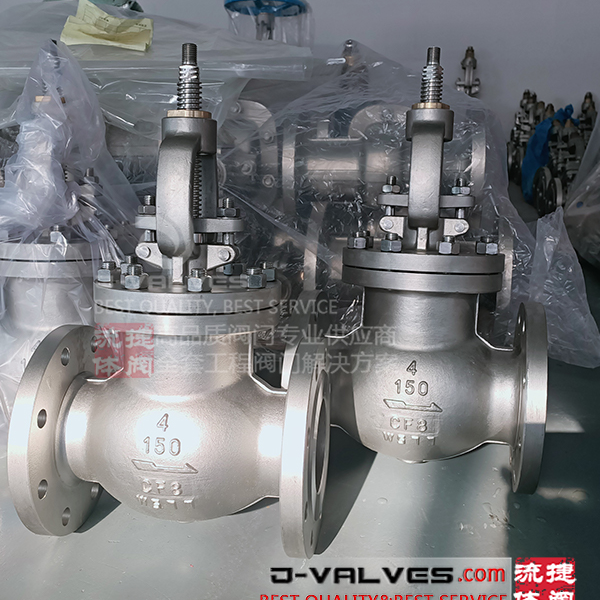Views: 0 Author: Site Editor Publish Time: 2024-04-27 Origin: Site









When it comes to controlling the flow of fluids in piping systems, valves play a crucial role. Among the various types of valves available, gate valves and shut off valves are commonly used for their distinct functionalities. Understanding the difference between these two types of valves is essential for selecting the right valve for your application. This comparison takes a closer look at how these valves operate, their applications, and the role of globe valves in the context of fluid control.
Gate valves and shut off valves differ significantly in their operational mechanics. A gate valve operates by lifting a gate out of the path of the fluid. When the valve is open, there is minimal obstruction in the flow path, allowing for a nearly unrestricted flow of fluid. This characteristic makes gate valves ideal for applications where a free flow is necessary. On the other hand, shut off valves, which include globe valves, operate by moving a disc or plug into or out of the valve seat to control the flow. The design of globe valves offers precise control over the flow rate, making them suitable for regulating flow as well as shutting it off completely.
The choice between a gate valve and a shut off valve often comes down to the specific application. Gate valves are typically used in applications where a full, unobstructed flow is required. They are commonly found in water supply systems, wastewater treatment plants, and in various types of industrial processes. Shut off valves, including globe valves, are more versatile in terms of functionality. They are not only used to completely stop the flow but also to regulate it. This makes globe valves and other types of shut off valves suitable for applications that require flow modulation, such as in heating and cooling systems, fuel oil systems, and chemical feed lines.
Each valve type comes with its own set of advantages and limitations. Gate valves offer the advantage of minimal pressure drop when fully open. However, they are not suitable for throttling purposes as the vibration caused by partially opened gates can damage the valve. On the other hand, globe valves provide excellent throttling capabilities and can be used to precisely control the flow rate. However, they typically have a higher pressure drop compared to gate valves due to their design.
Moreover, the maintenance and durability aspects also differ between gate valves and shut off valves. Gate valves00 tend to have a simpler design which can be easier to maintain, but they may be prone to corrosion if not properly maintained. Globe valves may require more frequent maintenance due to their complex internals but are generally more durable in applications that involve frequent operation or throttling.
Choosing between a gate valve and a shut off valve depends on several factors including the intended application, desired flow control capabilities, pressure drop considerations, and maintenance requirements. In applications where unobstructed flow is critical, gate valves are the preferred choice. For scenarios requiring precise flow regulation or where sp
ace constraints exist (as globe valves tend to have a more compact design), globe valves or other types of shut off valves may be more appropriate.
In conclusion, while gate valves and shut off valves such as globe valves serve the purpose of controlling fluid flow within a system, they do so in fundamentally different ways suited to specific applications. By understanding these differences and considering the operational requirements of your system, you can make an informed decision on which valve type is best suited for your needs. Remember that choosing the right valve can significantly impact the efficiency and reliability of your fluid control system.